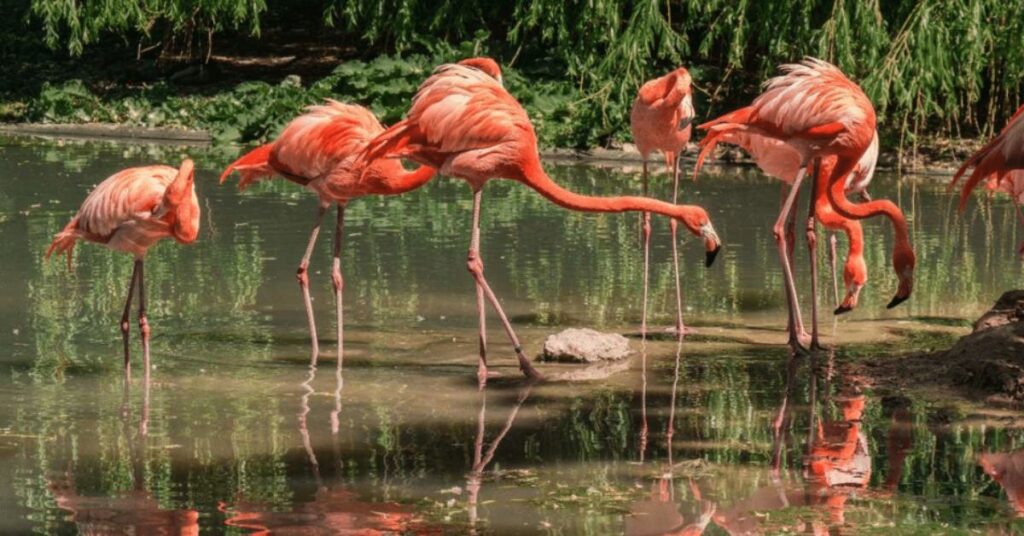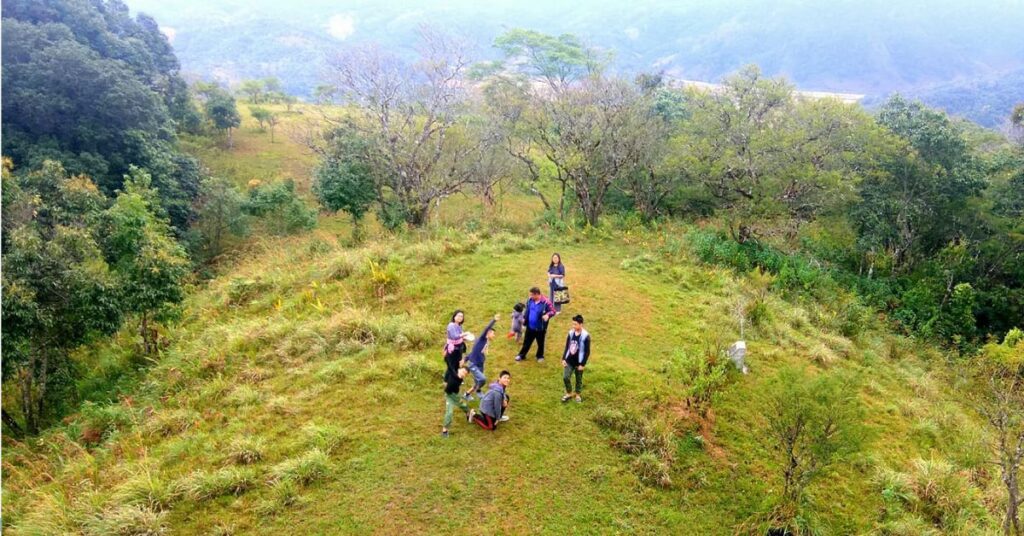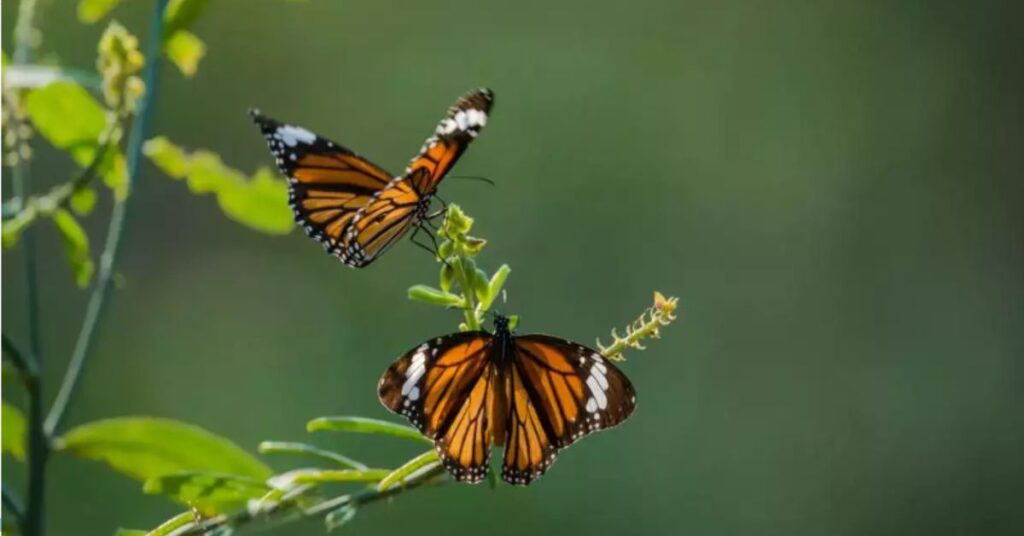Tucked away in the rolling hills of southern Mizoram, Palak Wildlife Sanctuary is a peaceful place filled with amazing plants and animals. This green haven covers about 15.5 square kilometers and is a favorite spot for people who love nature. With its beautiful lake, Palak Dil, and lush forests, it’s a perfect place to relax and enjoy the outdoors.
Created in 1997, the sanctuary is home to many different animals, including some rare ones like the Hoolock gibbon and the Asiatic black bear. The famous Palak Dil lake is the biggest natural lake in Mizoram and makes the sanctuary even more special.
Visitors can do lots of fun things here, like watching birds and animals, hiking, and learning about the Mizo people. Whether you’re an experienced traveler or just starting to explore, Palak Wildlife Sanctuary offers a wonderful chance to experience the beauty of Mizoram’s wild side.
How to reach:
By Air:
The closest airport is in Aizawl, Mizoram’s capital, about 390 kilometers away. You can fly there from big cities like Kolkata, Guwahati, and Imphal. From Aizawl, you can take a taxi or bus to Saiha, the nearest town to the sanctuary.
By Train:
The nearest train station is in Silchar, Assam, around 430 kilometers away. It’s connected to many places in India. From Silchar, you can take a taxi or bus to Aizawl, then go to Saiha.
By Road:
You can reach Palak Wildlife Sanctuary by road:
- From Aizawl:
- Take a bus or taxi to Saiha. The bus ride takes about 14-16 hours because of the hills. A taxi is faster but more expensive.
- From Saiha:
- The sanctuary is about 70 kilometers from Saiha. You can hire a taxi or share a jeep to get there.
Local Travel:
Once in Saiha, you can find taxis and shared jeeps to go to the sanctuary.
Best time to visit:
Autumn (October – November):
Enjoy mild, pleasant weather (15-25°C) perfect for wildlife spotting and photography. Lush greenery and full water bodies create a stunning backdrop.
Winter (December – February):
Cooler temperatures (10-20°C) make it ideal for trekking, birdwatching, and exploring the sanctuary comfortably. Clear skies enhance the landscape’s beauty.
Spring (March – April):
Warm, pleasant weather (15-25°C) brings vibrant blooms and active wildlife. Perfect for outdoor activities.
Monsoon (May – September):
Heavy rainfall (20-30°C) makes travel difficult and wildlife spotting challenging. Best avoided.
Attractions:
Bird Watching:

Palak Wildlife Sanctuary is a bird lover’s dream! There are over 200 different kinds of birds that live there. The place has lots of different spots, from thick forests to open fields, and all these places are perfect for birds to live. You can see really cool birds with big, colorful beaks called hornbills, and pretty birds with shiny feathers called pheasants. It’s also fun to watch big, strong eagles flying high up in the sky. And guess what? Lots of birds from faraway places come to visit the sanctuary, especially at certain times of the year.
Trekking and Nature Walks:

Palak Wildlife Sanctuary is a fantastic place to go for a walk or a hike. There are lots of paths that take you through thick forests, open grassy areas, and the beautiful Palak Dil lake. There are easy paths for everyone and harder ones for people who like a challenge. As you walk, you’ll see amazing plants and animals, from tall trees and colorful flowers to birds and other wildlife. You can also enjoy beautiful views of the hills and valleys around you. It’s the perfect place to take pictures and just relax.
Taking a walk in the sanctuary is a great way to breathe fresh air, feel calm, and discover hidden treasures. So put on your walking shoes and get ready for an adventure!
Butterfly Watching:

Palak Wildlife Sanctuary is a magical place for people who love butterflies! There are so many different kinds of beautiful butterflies flying around in the lush green surroundings. The sanctuary is perfect for butterflies because it has lots of different plants and flowers for them to live in.
Spring and early summer are the best times to see butterflies. You can find butterflies of all colors and sizes, from common ones to really special and rare ones. It’s amazing to watch them fly around the flowers, adding color to the green world. Watching butterflies in their natural home is a peaceful and wonderful experience. You can really see how beautiful and amazing they are up close.
Local Experiences:
- Village Visits: Step back in time and explore the traditional Mara and Lai villages. See how people live together and admire their unique homes.
- Cultural Shows: Enjoy lively dances and listen to beautiful songs that tell stories of the past.
- Handmade Treasures: Learn how to weave amazing fabrics and see beautiful things made from bamboo and cane.
- Taste Local Flavors: Savor delicious meals made with fresh ingredients and try special dishes like Bai and Sawhchiar.
- Festival Fun: Join in the excitement of local festivals like Chapchar Kut and experience the joy of music, dance, and community.
- Farm Life: See how people grow their food on terraced fields and learn about different crops.
- Meet the Locals: Chat with friendly villagers to understand their daily life and how they live in harmony with nature.
- Shop Local: Find unique gifts at the market and support local artisans.
- Hear Their Stories: Listen to fascinating tales from the elders about the past.
- Nature Walks: Explore the local area with knowledgeable guides and discover the wonders of nature.
Travel tips:
- Permits: Don’t forget to get the necessary permits before your trip. You’ll need an Inner Line Permit (ILP) to enter Mizoram and a separate permit to visit the sanctuary.
- Best Time to Visit: Plan your trip between October and April for the best weather and outdoor activities.
- Packing: Pack light, comfortable clothes and don’t forget essentials like rain gear, insect repellent, and a first aid kit.
- Health and Safety: Be prepared with a first aid kit and plenty of water and snacks. Protect yourself from the sun with sunscreen, a hat, and sunglasses.
- Local Guides: Consider hiring a local guide to enhance your experience and learn about the area.
- Environment: Respect the environment by not littering, staying on trails, and observing wildlife from a distance.
- Stay Connected: Inform someone about your plans and have emergency contacts handy, as mobile network coverage might be limited.
- Accommodation: Book your stay in advance, especially during peak season.
- Transportation: Be prepared for hilly roads and consider hiring a driver. Travel light for convenience.
- Culture: Respect local customs and traditions. Always ask for permission before taking photos of people.
Conclusion
Palak Wildlife Sanctuary, a hidden gem nestled in Mizoram, invites nature enthusiasts to explore its lush forests, tranquil waters, and diverse wildlife. Home to rare species like the Hoolock gibbon, the sanctuary offers an immersive experience into the heart of nature. Beyond its ecological richness, the sanctuary provides a cultural encounter with the Mara and Lai tribes, allowing visitors to experience their traditional way of life. Whether you’re trekking through dense jungles, observing birdlife, or simply seeking tranquility, Palak promises an unforgettable journey. Discover more about this remarkable destination and plan your adventure with Xplro.com.
FAQs
1. What is the ideal time to visit Palak Wildlife Sanctuary?
- The ideal time to visit Palak Wildlife Sanctuary is between October and April, when the weather is mild and suitable for outdoor activities and wildlife observation.
2. How can I reach Palak Wildlife Sanctuary?
- To reach Palak Wildlife Sanctuary, fly to Lengpui Airport in Aizawl. From there, take a taxi or bus to Saiha, the nearest town. Saiha to the sanctuary is accessible by local taxis or shared jeeps.
3. Do I need a permit to visit Palak Wildlife Sanctuary?
- Yes, foreign tourists need an Inner Line Permit (ILP) to enter Mizoram. Permits for the sanctuary can be obtained from local forest offices.
4. What types of accommodation are available near the sanctuary?
- Accommodations near Palak Wildlife Sanctuary include guesthouses in Saiha and nearby villages, and there are also options for camping within the sanctuary.
5. What wildlife can I expect to see in the sanctuary?
- Palak Wildlife Sanctuary is home to a variety of wildlife, including Hoolock gibbons, clouded leopards, Asiatic black bears, serows, and many bird and butterfly species.
6. Are there guided tours available?
- Yes, guided tours are available and recommended. Local guides offer valuable insights into the sanctuary’s wildlife, plants, and cultural aspects.
7. What activities can I do in Palak Wildlife Sanctuary?
- Visitors can enjoy bird watching, trekking, nature walks, camping, picnicking, and exploring the local culture in nearby villages.
8. Is it safe to visit Palak Wildlife Sanctuary?
- Yes, it is generally safe, but visitors should follow safety guidelines, respect wildlife, stay on designated paths, and be prepared for the terrain and weather.
9. What should I pack for my trip to the sanctuary?
- Pack light, breathable clothing, warm layers for evenings, sturdy trekking shoes, insect repellent, a first-aid kit, water, snacks, sun protection, and necessary permits.
10. Can I take photographs in the sanctuary?
- Yes, photography is allowed, but always ask for permission before photographing local people and ensure that your actions do not disturb the wildlife.
11. What are the main attractions in Palak Wildlife Sanctuary?
- Key attractions include Palak Dil (the largest natural lake in Mizoram), diverse wildlife, bird watching, butterfly watching, trekking trails, and engaging with the local culture.
12. Are there any local markets or places to buy souvenirs?
- Yes, local markets in Saiha and nearby villages offer handmade crafts, traditional textiles, and other local products.




